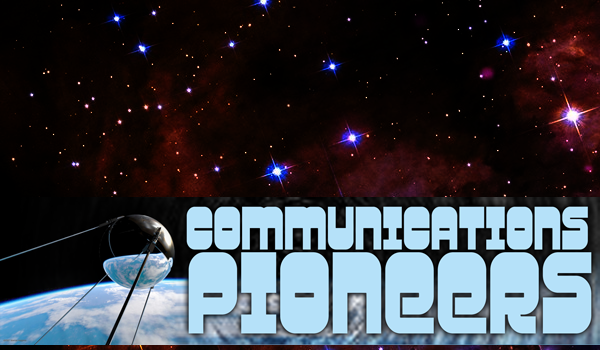This article seemed particularly fitting today because The New York Times reported that Gary Starkweather passed away yesterday.
Imagine a world without paper. In the latter half of the 20th century, most of the communications pioneers out there were working on eliminating paper. Newspapers gave way to the internet. Shopping receipts gave way to e-mails. Greeting cards became e-cards, and then (it would seem) disappeared almost completely. Yet, at the same time most people were writing paper’s epitaph, one person was working to give us more of it than ever before. That person won… and everyone else lost.
Between 1964 and 1971, Gary Starkweather of Lansing, Michigan was working to make the world of paper much more interesting. As an engineer for Xerox (one of the top tech companies of the time), he originally tried to invent a device that would let you put something on one copier and have the copy come out on another copier. Remember, this was years before fax and email.
Realizing he could do even better, Mr. Starkweather invented a technology for precisely putting toner on paper electronically. Then, using Xerox’s copier technology, you could print a page that looked exactly like what you wanted.
This was a revolution.
Keep in mind that the computer printers of the day were slow and imprecise. It took about a minute for a page, and you couldn’t really print dots. You could only print whole letters. This new technology had the potential to let you print pictures as well as use more than one typestyle. You could also print several pages per minute. This sounds boring today but in 1971, when the first laser printer was released, it was incredible.
Laser printer technology didn’t just change the way we printed, it changed the way we looked at nearly everything. Lasers made their way into the world of commercial printing, making books more beautiful and less expensive. Laser etching made manufacturing easier and better. Even T-shirts became easier to make with laser-etched silk screen products.
I remember using a laser printer for the first time in the 1980s. It was one of those giant ones attached to a large computer facility. The pages came out quickly but you had to put your job into the central operator ahead of time. That technically made it slower than the other forms of printing I had available but the quality was worth waiting for.
But was it a good revolution?
Some would argue that the invention of the laser printer, and the success of the product in offices, made the world a worse place. That paperless future evaporated because it was so easy to simply print a copy of something for your files. In the years after the invention of the laser printer, paper use skyrocketed. Yes, after a while things leveled out. Laser printer use in office scenarios has been on the decline for a while but we’re still putting out much more paper than we did in the days before printers.
And, I have to point out, paper is a renewable resource. We all feel bad wasting paper but then no one seems to feel bad getting rid of a phone or headphones after a few years. Paper is perfectly natural and the paper industry is one of the cleanest manufacturers. A printed page can last for decades or even centuries. On the other hand, that phone full of hazardous materials is back in the garbage bin long before that.
Tip of the hat…
This article may seem a little off-topic for The Solid Signal Blog. No, we don’t sell laser printers, paper, or even toner. But we do sell a lot of PC supplies and all sorts of products that make your electronic life better. By all reports, Gary Starkweather loved the world of technology. If you do to, consider shopping at SolidSignal.com when you go online. We’ll make sure that your order includes a laser-printed receipt. Thanks, Gary Starkweather.





